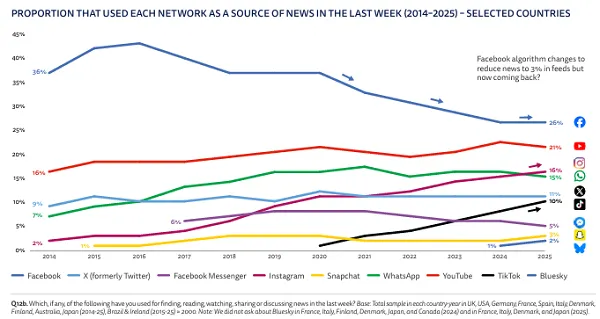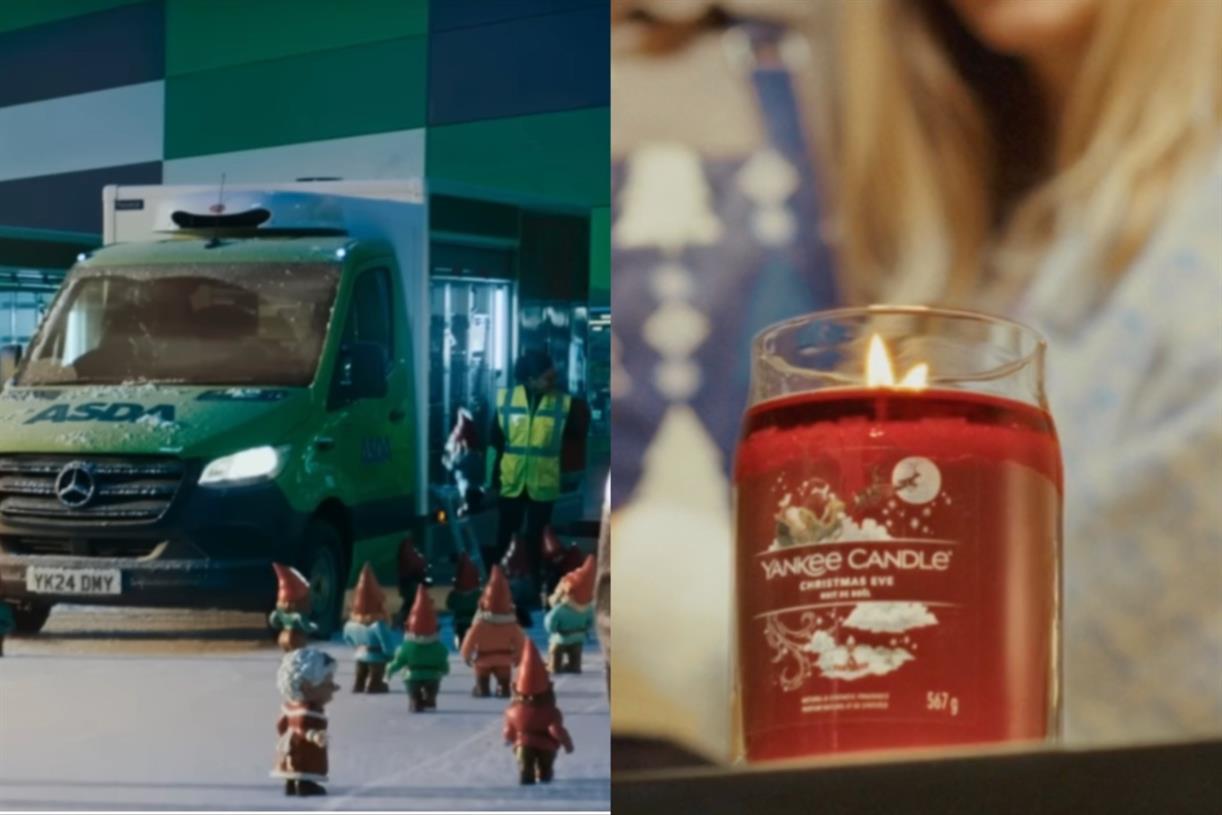Chrysler 300 nears end of the road after years as a pop culture icon
The assembly plant for the car driven by Snoop Dogg and former President Barack Obama is being retooled to build EVs.

A well-kept 2005 model, Gilles said, still looks good on the road after all these years. He said the nostalgia factor of the design hit a chord with the public when it debuted.
“If you remember back in the late ’90s, and even throughout the ’90s, we were showing the Chrysler brand as a very premium American brand,” Gilles told Automotive News at the 2022 Detroit auto show, where Chrysler unveiled a final-year, 485-hp 300C special edition. “A lot of grand show cars, we were showing all these very powerful, very hard-to-forget type of designs. That was the idea with the 300, to recapture that, that proud American car. For a while, American cars were trying to be Eurocentricly styled. We’re like, ‘No, don’t be ashamed of who you are. Celebrate your swagger.’”
“They started there and we toyed around,” Gilles said. “And finally, we saw a theme, but it wasn’t the favorite theme, actually. I loved it at the beginning. I just thought it was cool, and I took it under my wing and kept working it, kept trying to get proportions right.”
The design crew crafted a mockup and began showing it to consumers during research clinics. The vehicle, called the Nassau, had no badging that could tip people off on the brand.
Many of the consumers in the clinics were baby boomers in their 40s, 50s and 60s and immediately recognized it as a new Chrysler 300, said Mike Perugi, who was the car's marketing launch manager. “And nobody anywhere, except us internally,” he said, “had even seen this thing.”
Perugi said the design reminded people of bygone times when they went for Sunday drives with their parents. The production 300 closely resembled the Nassau.
“We said, ‘We’ve got something here,’” Perugi said. “There used to be an inside joke that if you were researching vehicles, you could tell whether or not you’re going to get five years out of them or more than five years. And this one, we basically said to ourselves, jokingly, we could get 10 good years out of this model. … Fast forward, we’re just short of 20 years on that vehicle, and it’s still done very well to this day.”
The 300C debuted at the 2004 Detroit auto show, a few months before its spring sales launch.
It had a high beltline, short windows and a front end inspired by the Chrysler Chronos concept shown in 1998.
“What we like to do as designers is create something that will look good forever, and a lot of that’s good proportions,” Gilles said. “We cut a really good deal with engineering to give us a really good stance on the vehicle. Once a vehicle has good stance, it should always look pretty good forever.”
The new 300 elevated the Chrysler brand from the Concorde, LHS and 300M. Perugi said it was one of the first models to use parts from Daimler vehicles.
The sedan was so popular at first that Chrysler was backed up with orders for about five months. Perugi said Chrysler's share of Black consumers doubled within the first year. Among the early customers were rapper Snoop Dogg and then-Sen. Barack Obama.
U.S. sales of the car nearly reached 113,000 in 2004 and topped 140,000 in each of the next two years. Chrysler CEO Christine Feuell said the brand has sold more than 1.2 million 300s since the launch.
Gilles said one of the secrets to the 300’s longevity is that it came to be viewed as a canvas for self-expression.
“Sometimes you can buy a vehicle ready-made with his expression all said and done, and there are certain vehicles that welcome it,” Gilles said. “The Wrangler is one of those; 300 is one of those, where it just begs people to put their own spice on it.”
The pop culture placements were the handiwork of BJ Birtwell, who was Chrysler’s youth marketing manager during the 300’s early years.
Birtwell was tasked with driving engagement and awareness among multicultural and younger buyers. This was before social media took off, so platforms such as music videos were prime real estate.
The brand used a lot of guerilla marketing to garner attention for the 300, Charger and Magnum, he said. Birtwell credited Gilles and his team for birthing a design and DaimlerChrysler for giving the creative freedom needed to make it a success.
The “street team” sometimes swarmed cities with a collection of lowered 300s that were outfitted with 22-inch rims and tinted windows. They once took a few onto San Francisco’s Golden Gate Bridge for a photo op.
The automaker partnered with Dub Magazine, which covers urban custom car culture, on a series of special-edition models. The relationship extended to parts such as floor mats, chrome accents, lowering springs and a 3-inch performance exhaust.
There was even a diamond-studded 300C clock from Jacob & Co., a popular jeweler among rappers.
Birtwell said the trick was to place the 300 with the right people while avoiding overcommercialization.
“Even though [musicians] could afford a Bentley, there was something about the 300C or the Charger or even the Magnum that was really desirable,” Birtwell said. “I remember doing stuff with Nelly, all types of different artists, that were just really easy collaborations because the product was hot.”

 Aliver
Aliver 
































